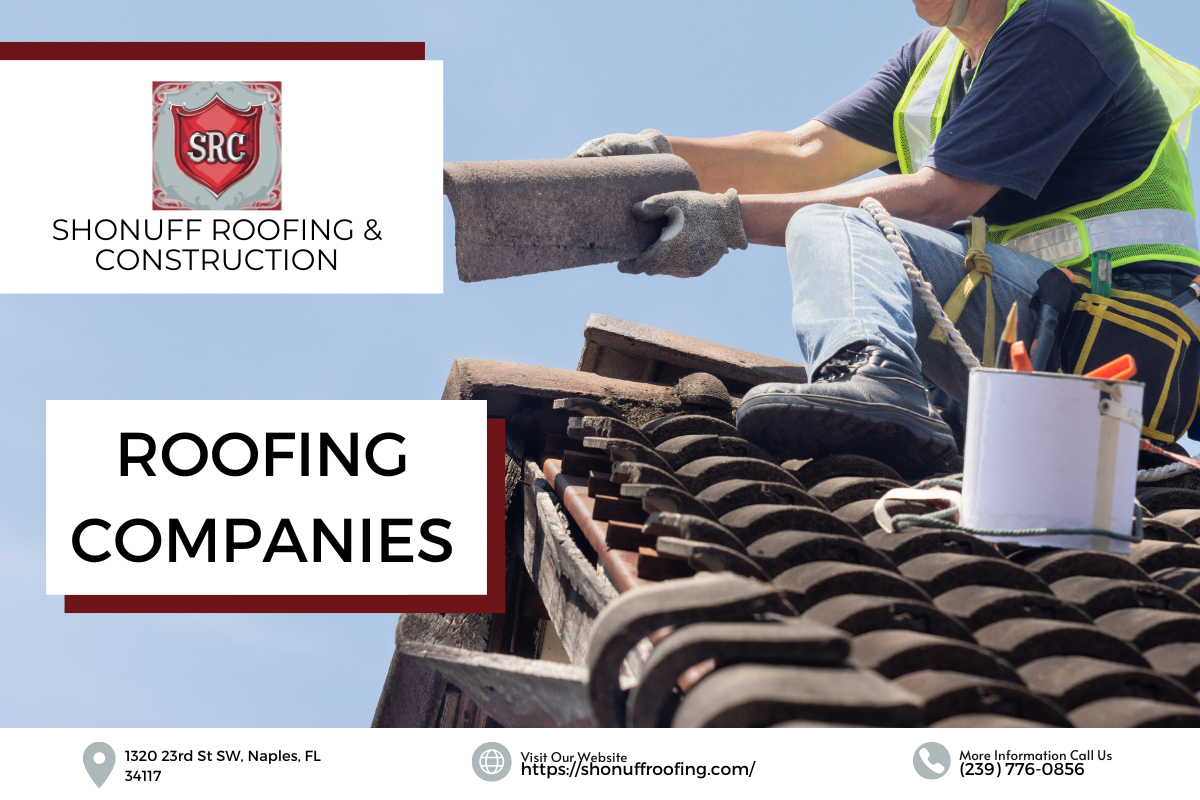“Assessing the Condition of Your Current Roof: A Guide”

Introduction
When it comes to maintaining a safe and secure home, the condition of your roof is paramount. After all, your roof protects you from the elements, enhances your home's aesthetic appeal, and contributes to its overall value. If you've ever wondered about the state of your current roof or how to assess its condition properly, you're in the right place. This guide will explore everything you need to know about assessing your roof's health and when it might be time to call in professional help from a commercial roofing company or metal roofing contractors.
In this comprehensive article, we’ll delve into:
- The importance of regular roof assessments
- Key signs that indicate a problem
- Different roofing materials and their lifespan
- The process of assessing your roof
- When to hire commercial roofers
By the end of this guide, you’ll have a clearer understanding of how to keep your roof in top shape and when it's time for a new roof installation.
Assessing the Condition of Your Current Roof: A Guide
Why Regular Roof Assessments Are Vital
Regular assessments are crucial for maintaining your roof's integrity. But why is it so essential?
- By identifying minor issues early on—such as leaks or missing shingles—you can prevent them from escalating into costly repairs.
- Regular inspections can significantly extend the lifespan of your roofing system by ensuring that maintenance is performed proactively rather than reactively.
- A well-maintained roof adds value to your property and makes it more appealing if you decide to sell.
- Some insurance companies offer lower premiums for homes with regularly maintained roofs, potentially saving you money in the long run.
Signs That Indicate Your Roof Needs Attention
How do you know when it’s time to assess your roof? Here are some telltale signs that should raise red flags:
1. Missing or Damaged Shingles
One of the most visible indicators that something’s wrong is missing or damaged shingles. These can expose underlying layers to moisture damage.
2. Water Stains on Ceilings or Walls
If you're noticing water stains inside your home, it's likely that water is seeping through compromised areas in your roofing material.
3. Granules in Gutters
A significant amount of granules—tiny particles that come off asphalt shingles—in your gutters indicates wear and tear on these shingles.
4. Sagging Areas
A sagging roof often indicates structural issues that could lead to further damage if not addressed promptly.
5. Moss Growth
While moss might add charm to some landscapes, it can trap moisture against shingles and lead to deterioration over time.
Different Roofing Materials and Their Lifespan
The lifespan varies significantly among different roofing materials available on the market today:
| Material | Average Lifespan | |---------------------|-------------------| | Asphalt Shingles | 15-30 years | | Metal Roofing | 40-70 years | | Tile Roofing | 50+ years | | Wood Shake Roofing | 20-40 years | | Slate Roofing | 75+ years |
Knowing which type of material you're dealing with helps inform how often assessments should occur.
The Process of Assessing Your Roof
So, how do you actually go about assessing the condition of your current roof? Here’s a step-by-step guide:
Step 1: Safety First!
Before climbing onto your roof or using a ladder, ensure you're equipped with safety gear—gloves, sturdy shoes, and a hard hat are essential.
Step 2: Visual Inspection from Ground Level
Start by walking around your property with binoculars in hand:
- Look for signs of damage such as missing shingles.
- Check for sagging areas.
Step 3: Climb Up (if Safe)
If you're comfortable doing so:
- Inspect flashing around chimneys and vents.
- Look closely at valleys where two sections meet; these areas are prone to leaks.
Step 4: Check Interior Spaces
Don't forget the interior! Inspect attics or ceilings for moisture stains or mold growth.
Hiring Professional Help vs DIY Assessment
While DIY assessments can be effective for spotting obvious problems, knowing when to call in professionals is crucial.
Pros of Hiring Commercial Roofers:
FAQs About Roof Assessment
Q1: How often should I assess my roof?
A: Ideally, conduct a thorough inspection at least twice a year.
Q2: What should I do if I notice significant damage?
A: Call a reputable roofing contractor immediately.
Q3: Can I perform my inspection during any season?
A: While spring and fall are ideal due to moderate weather conditions, winter inspections can also be conducted cautiously.
Q4: Will my homeowner’s insurance cover roof repairs?
A: It depends on your policy; check with your insurer.
Q5: Is metal roofing worth considering?
A: Yes! Metal roofs offer longevity and durability compared to other materials.
Q6: How much does new roof installation typically cost?
A: Costs vary based on material type and square footage; consult local roofing companies for estimates.
Conclusion
Assessing the condition of your current roof is not just about aesthetics—it's about safeguarding one of your most significant investments. Whether you're considering hiring commercial roofing contractors for an inspection or contemplating whether it's time for new roof installation altogether, being proactive will save you money in the long run.
Arming yourself with knowledge about what signs indicate issues will help you make informed decisions about maintaining this critical component of your home. Remember that while DIY assessments are beneficial, don't hesitate to reach out to professional commercial roofer services whenever needed—they bring invaluable expertise that ensures both safety and quality work.
In closing, we hope this guide has provided clarity regarding "Assessing the Condition of Your Current Roof." By following these steps and tips outlined throughout this article, you'll contribute not just towards preserving but enhancing both functionality and aesthetic appeal in one fell swoop!
